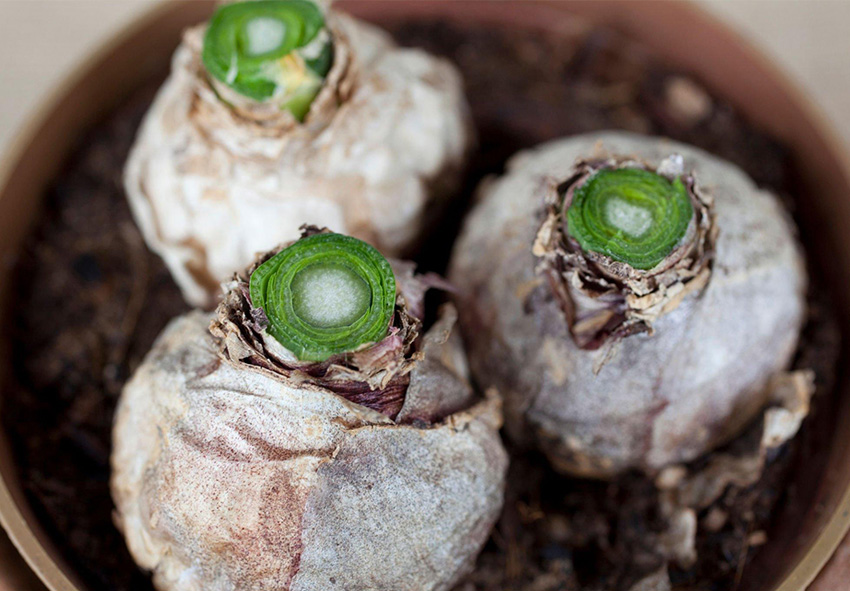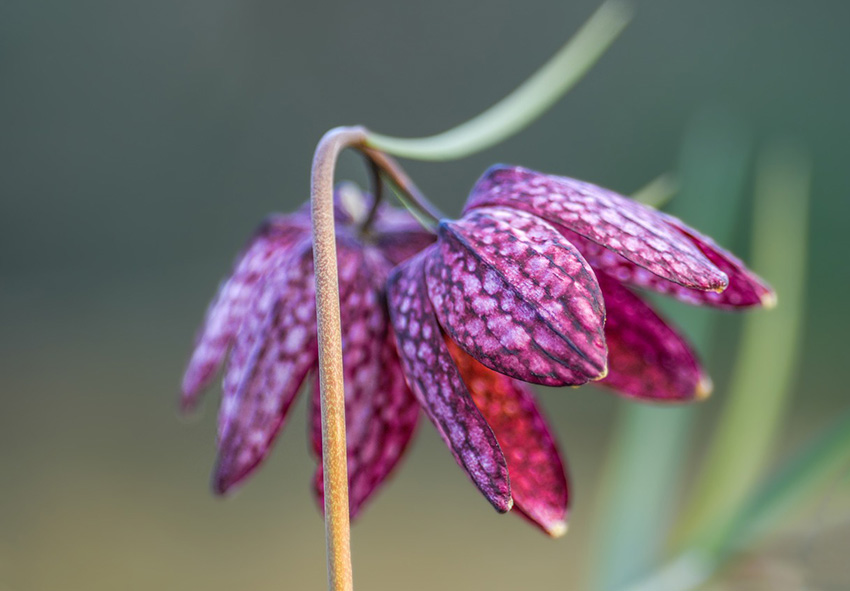Are you looking to add a touch of elegance and natural beauty to your home or garden? Look no further than fritillaria bulbs! These stunning flowering plants not only bring a burst of color to any space but also offer a unique and captivating appearance that is sure to leave a lasting impression. In this article, we will delve into the growth cycle of fritillaria, guide you on the ideal planting time, provide insights on soil and environmental conditions, offer a step-by-step planting guide, share essential care practices, and even reveal tips to extend the blooming season. So, let’s embark on this horticultural journey and unlock the secrets of fritillaria!
Understanding Fritillaria Growth Cycle:
To grasp the intricacies of planting and tending to fritillaria, it is essential to comprehend its growth cycle. Fritillaria bulbs enter a dormant state throughout the summer season and necessitate a period of cold dormancy to facilitate blooming in the subsequent spring. Consequently, it is crucial to plant the bulbs in autumn, prior to the initial frost, to provide them with the necessary winter chill that fuels their springtime blossoms.
Decoding the Ideal Planting Time for Fritillaria Bulbs:

The optimal period for planting fritillaria bulbs is during the autumn season, typically between September and November, with slight variations depending on your specific climate. It is crucial to complete the planting process before the arrival of the first frost, as the bulbs require a duration of cold dormancy to facilitate their subsequent springtime flowering. Planting them too early might result in premature growth that can be vulnerable to frost damage.
Assessing Soil and Environmental Conditions for Fritillaria:
To promote the prosperous growth and blooming of your fritillaria bulbs, it is essential to evaluate the soil and environmental conditions within your garden or indoor setting. Fritillaria thrives when planted in well-draining soil that boasts an abundance of organic matter. It flourishes in a cool and moist environment. If you choose to cultivate fritillaria indoors, ensure it receives ample bright but indirect light, along with moderate humidity levels.
Step-by-Step Guide for Planting Fritillaria Bulbs:
Now that you understand the growth cycle and ideal planting time for fritillaria bulbs, let’s dive into the step-by-step guide for planting them:
- Choose a location that receives plenty of sunlight and has well-draining soil. Fritillaria prefers a sunny spot, but it can also grow in partial shade.
- Dig a hole that is two to three times deeper than the height of the bulb. Fritillaria bulbs should be planted at a depth of around 8-10 cm.
- Place the bulb in the hole, pointed side up. If you’re planting multiple bulbs, make sure to space them out at least 10 cm apart.
- Cover the bulb with soil and water thoroughly. Fritillaria bulbs require moist soil in order to germinate and grow.
- Add a layer of mulch to help retain moisture and suppress weeds. Mulching also helps to regulate soil temperature.
Essential Care Practices for Fritillaria Bulbs:
Once your fritillaria bulbs are planted, it’s important to take care of them properly in order to ensure that they grow and bloom successfully. Here are a few essential care practices to keep in mind:
- Water regularly, but don’t overwater. Fritillaria prefers moist soil, but too much water can lead to rot. Water your fritillaria bulbs once a week during the growing season, and reduce watering during the dormant period.
- Fertilize in the fall and spring with a balanced fertilizer to provide essential nutrients for growth and blooming. Fritillaria bulbs require nutrients in order to grow and produce healthy blooms.
- Deadhead spent blooms to encourage more blooms and prevent the plant from expending energy on seed production. Removing spent blooms also helps to improve the appearance of the plant.
Extending the Fritillaria Blooming Season:

While fritillaria bulbs typically bloom in spring, there are strategies to prolong their unique and exotic blossoms:
- Diversify the fritillaria species you plant to achieve staggered blooming periods throughout spring. This ensures a continuous display of fritillaria blooms in your garden or indoor space.
- Offer supplementary watering and fertilization to stimulate late-season blooms. Additional watering and fertilization during the growing season can promote blooming of fritillaria varieties that typically flower later in the season.
- Trim away faded blooms to stimulate fresh growth and further extend the blooming season. Pruning spent blooms prompts the plant to produce new growth and additional blooms, lengthening the overall blooming period.
Conclusion:
To summarize, fritillaria is an enchanting and distinctive choice to enhance the aesthetics of gardens or indoor spaces. By familiarizing yourself with its growth cycle, planting the bulbs at the appropriate time, and providing proper care, you can relish in its captivating blooms for numerous years. Therefore, don’t hesitate to plant your fritillaria bulbs in the fall season. Prepare yourself to witness the splendor of fritillaria in full bloom during the delightful springtime. With its alluring and exotic flowers, as well as its low-maintenance nature, fritillaria is an essential addition for any enthusiast of botanical beauty.
Frequently Asked Questions (FAQs) about Fritillaria
1. What is the best time to plant Fritillaria bulbs?
The optimal time to plant Fritillaria bulbs largely depends on your climate and the specific species of Fritillaria you’re working with. In general, for most Fritillaria species, fall is the best time to plant bulbs. Aim for late summer to early autumn, ideally when soil temperatures have cooled but before the ground freezes. This gives the bulbs enough time to establish roots before winter and allows them to bloom in spring. However, it’s crucial to consider your local climate and the particular Fritillaria variety, as some may have slightly different preferences.
2. Can Fritillaria bulbs be ordered from your online store?
Our online store offers a wide selection of Fritillaria bulbs in various colors, making it easy for you to add these elegant beauties to your garden. We source our bulbs from reputable growers to ensure you receive high-quality specimens. Simply browse our online catalog, select your preferred varieties, and follow the easy ordering process. We’ll ship the bulbs right to your doorstep, so you can embark on your journey of planting and nurturing these exquisite flowers.
3. Are there any specific soil requirements for planting Fritillaria bulbs?
Fritillaria bulbs thrive in well-draining soil with good organic content. They prefer slightly acidic to neutral soil pH (around 6 to 7). To improve drainage, consider adding organic matter like compost or peat moss to heavy soils. It’s essential to plant Fritillaria bulbs at the correct depth—usually about 2 to 4 times the bulb’s height. Adequate drainage and proper planting depth help prevent bulb rot and ensure healthy growth.
4. Do Holland Fritillaria bulbs require any special care after planting?
Once planted, Fritillaria bulbs generally require minimal care. Water them well after planting to settle the soil and encourage root development. During the growing season, keep the soil evenly moist, but avoid waterlogging, which can lead to bulb rot. Fritillaria bulbs benefit from a layer of mulch to help maintain consistent soil moisture and protect them during winter. Deadhead the flowers once they’ve finished blooming to redirect energy back into the bulbs for next year’s growth.
5. Are Fritillaria bulbs suitable for container gardening?
Yes, Fritillaria bulbs can be grown in containers, making them an excellent choice for small gardens or those without suitable garden beds. Choose a well-draining potting mix and a container with adequate drainage holes. Plant the bulbs at the appropriate depth, and place the container in a location with partial to full sun, depending on the Fritillaria species. Container-grown Fritillaria may require more frequent watering than those in the ground, so monitor soil moisture levels regularly, especially during dry periods.
Published: 30.05.2023
